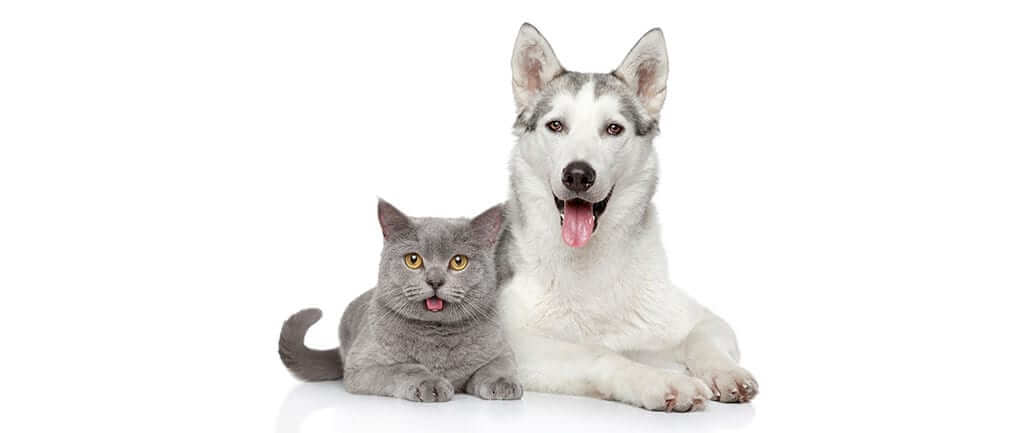A pet does not have to be older to require joint care supplementation or pain control. Degenerative joint disease (DJD), also referred to as arthritis, can result from poor joint conformation (genetics) or can result from an injury.
The anatomy of the joint and the disease process is very important to understand when discussing the actions of different medications. There are several different types of joint within an animal’s body. When discussing arthritis, the joints we are often concerned about are synovial joints (also called diarthrodial joints). Synovial joints are made up of two bones and a fibrous capsule holding the two bones together. It is like a hinge made of fiber and bone, but more complicated. The surfaces of the bone ends are covered with smooth cartilage (called articular cartilage) that must be able to slide easily across each other and act as a cushion throughout a pet’s life.
Normal articular cartilage is made up of cartilage cells (chondrocytes), a matrix and water. The matrix is the material where the cartilage cells are suspended, like fruit suspend in Jell-O made up of microscopic fibers called collagen and proteoglycans. Chondrocytes produce much of the cartilage matrix. Collagen is a medical word that most are familiar with which provides a structural support for the cartilage matrix. Proteoglycan is not a common word, but is found in many supplements, so it is worth discussing. It is the material surrounding the collagen fibers (like ‘goo’) made up of a proteins and sugars called glycosaminoglycans (GAGs) growing off its sides like bristles on a brush. It is the GAG bristles that give cartilage its soft characteristic by allowing the proteoglycan molecule to soak up water like a sponge, but stays very slick to allow the two bones to move across one another. The three GAGs that can make up proteoglycan molecule are: chondroitin sulfate, keratan sulfate (is made in the animal’s body from glucosamine) and dermatan sulfate.
Dr. Gary, why should I know these complex words? These substances are found in most veterinary nutritional joint supplements.
Hyaluron is the last GAG that is needed to know about and is responsible for binding and connecting the proteoglycans together in the matrix. It is the major factor of the joint lubricating fluid.
The joint capsule is the tissue surrounding the joint to create the structure of the hinge. The outer capsule layer is very tough and the inner layer is responsible for secreting the thick joint fluid (hyaluron) that provides both nutrition and lubrication for the joint. To keep the joint smooth and slippery, the capsule must keep unwanted substances out only let selective ones into the joint.
Arthritis results when the smooth cartilage becomes rough. The rough cartilage can then wear down, chip or flake leading to inflammation and the reduction of joint function. Impurities are now able to enter the joint affecting the lubricating fluid and ultimately a painful joint in our pet.
Arthritis is the number one cause of chronic pain in dogs and cats. While surgery may be available in some situations, most of the time the degeneration of the joint cannot be reversed and treatment focuses on preventing the progression of joint damage. Numerous supplements are available for the treatment of arthritis and is best treated with a multimodal approach where several therapies combined give a better result compared any single therapy.
If a pet owner suspects that their dog or cat is suffering from arthritis, they should bring it to their veterinarian’s attention. If diagnosed, arthritis can be well managed with diet, supplementation, physical therapy/exercise and pain control medications.
NOTE: Consult your doctor first to make sure my recommendations fit your special health needs.







Leave A Comment